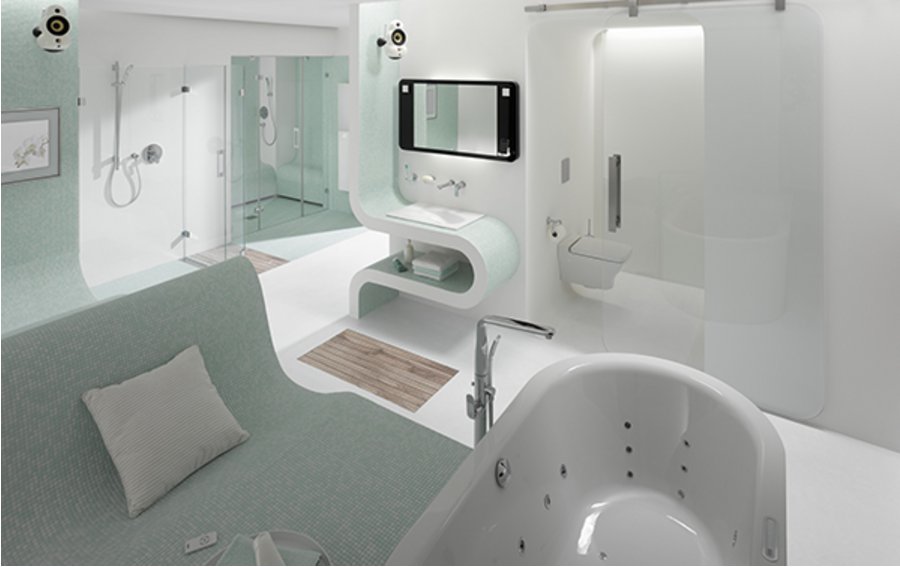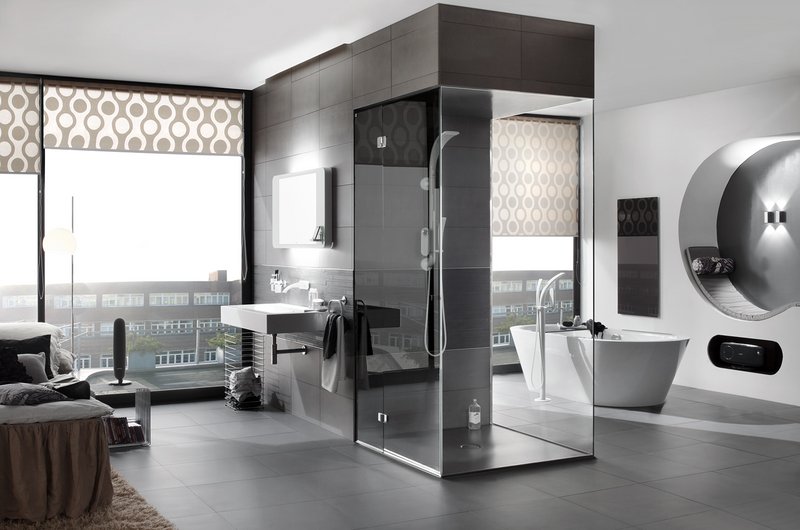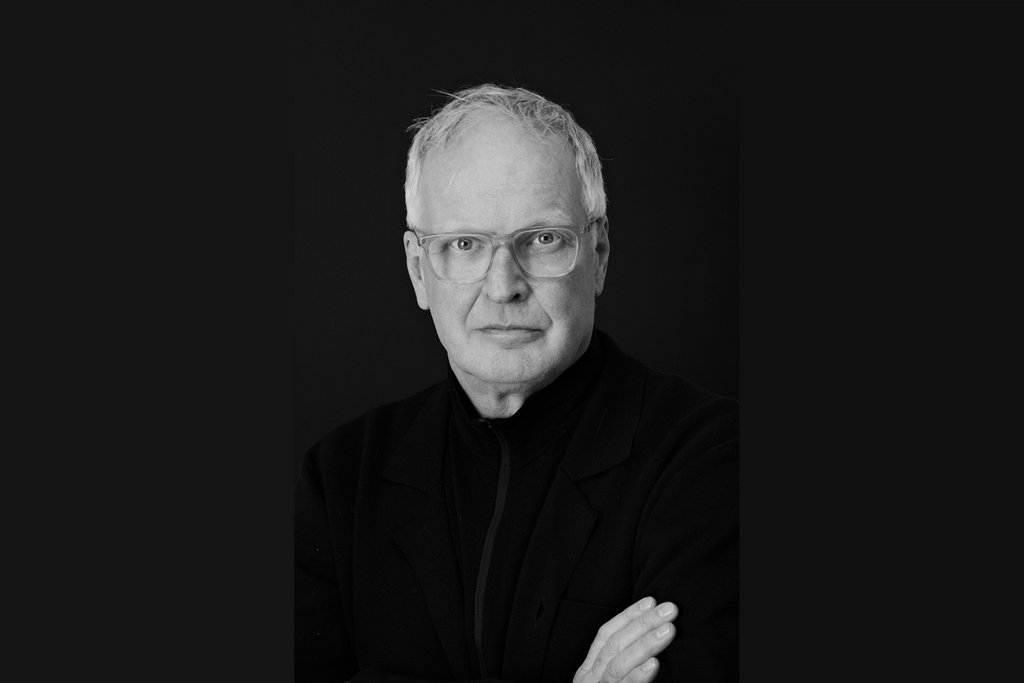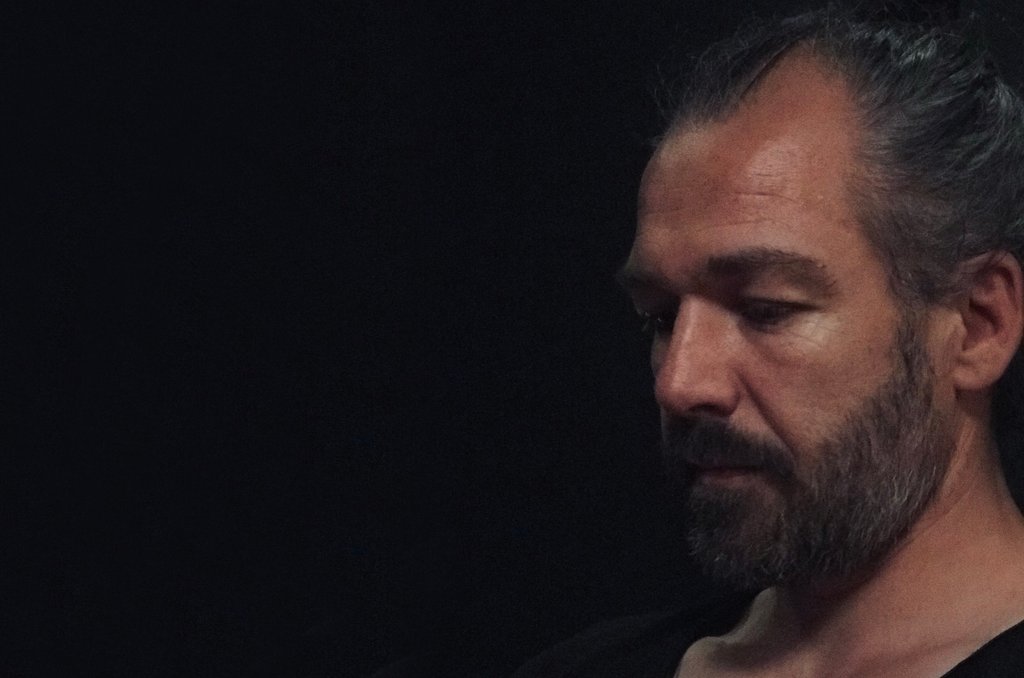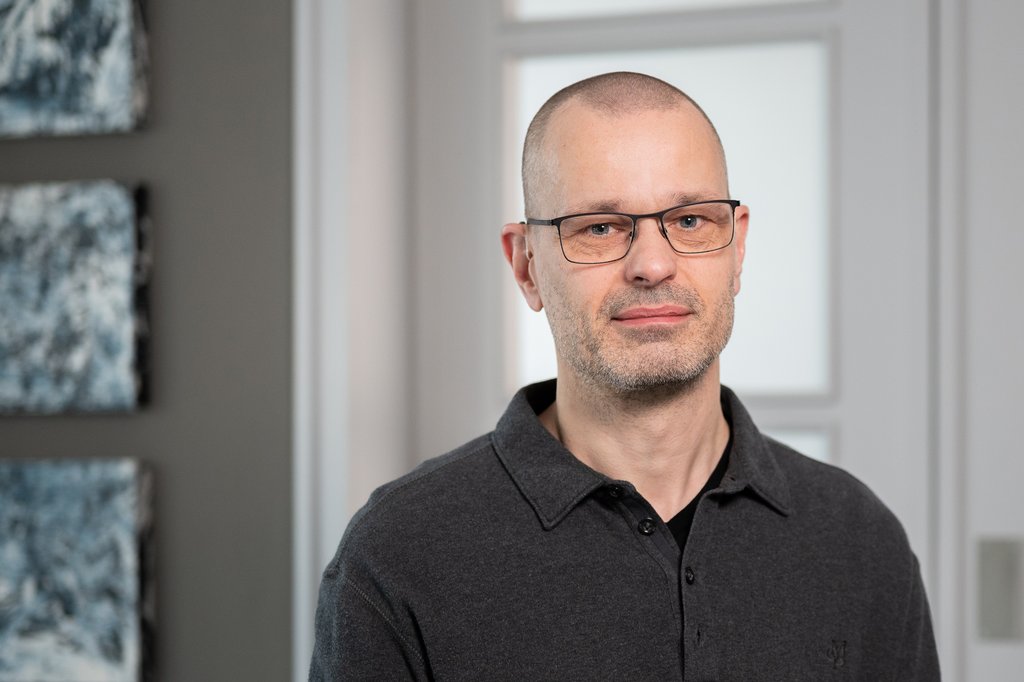Mr Flowers, people’s everyday lives are often defined by stress and a hectic pace. Where can we go for our me-time?
Time has become the most valuable thing of all in modern life. People are tending to work longer and longer hours and have more stress in their day-to-day lives. That’s why the bathroom in their own home plays a special role. When you think about it, you realise it’s the only room with an actively used lock on the door, i.e. the only room that’s ever locked on a regular basis. The bathroom is our final refuge in our own four walls. Unlike other rooms, it is increasingly evolving from a rational, purpose-driven place for hygiene and grooming into an emotional space: it’s where we take time for ourselves, where we can regenerate and switch off.
Isn’t the individual experience of visiting a wellness oasis as attractive as it used to be?
Having a wellness area at home amounts to making the public spa part of your own private world. Up until now, taking advantage of really good wellness offerings meant investing a lot of time. For many people, that time is now too precious. Privatisation eliminates this inhibiting barrier. Wellness thus becomes something that’s easily accessible and can be experienced at any time.
So we’re bringing our recuperation centre into the home?
The bathroom is turning into a zone that I call “passively digital”. Digitisation helps us save water, for instance, it enables us to have audiovisual experiences in the bathroom and enhances convenience by allowing us to save and retrieve our individual settings profile via the fittings. This passive digitality makes lots of things more convenient. At the same time, the bathroom will become a perfect place for health diagnostics. And that will happen by means of what I call active digitality: the production of data that can be used again. It enables health numbers to be captured in a very simple and discreet way. The kind of thing the medical toilet is already capable of in terms of measuring urine levels will start entering other areas too: all the different health numbers like pulse, weight or blood pressure will be ascertainable.
Doesn’t this type of (self-) monitoring just put us under even more pressure?
Handling all this data responsibly and meaningfully will of course present companies with a challenge: how exactly do we obtain the data and how do we issue the results in such a way that they are intuitively understandable and helpful rather than causing confusion. You know information has been conveyed in the right way when it’s fun for the user. Nobody’s thrilled to be told day in, day out that they’re too heavy or that their cholesterol is too high. It’s important to select the data intelligently and choose the output intervals wisely so that information is perhaps presented in the form of a monthly update rather than on a daily basis.
How might the information be depicted?
The visualisation of health data in the bathroom will play an important role. We have large, empty areas of glass and ceramics, there are mirrors and other surfaces that information could be projected onto in the form of icons or simple text messages. But audio feedback is also feasible.
The bathroom, your friend and helper?
People who move house a lot invest a lot of money in furniture that’s important to them and that they can take along every time they relocate. They establish an emotional relationship with these objects, and that eventually gives rise to stories. Up until now, that hasn’t happened with bathroom furnishings. Because they can’t move with you, people invest relatively little money in them. In view of the very direct physical contact we have with the furnishings in the bathroom, that’s something of a paradox. In future, that will change: people will have the possibility to establish a personal connection with their bathroom furnishings too, they’ll be able to make them part of their history and identity and take them with them if they want to. One way to infuse objects with this kind of meaning is to use emotional materials like wood.
Does that mean we’re going to see more individualised bathrooms?
Freedom of choice leads to a stronger emotional bond. Individual tastes are a very personal thing. Colour plays an important role in the emotionalisation of things, for instance. And making individual choices from a selection of different materials is another possibility. Although that’s still pretty expensive right now, I’m quite sure it’s going to become more affordable in the long term.
